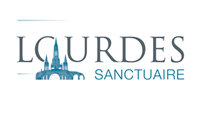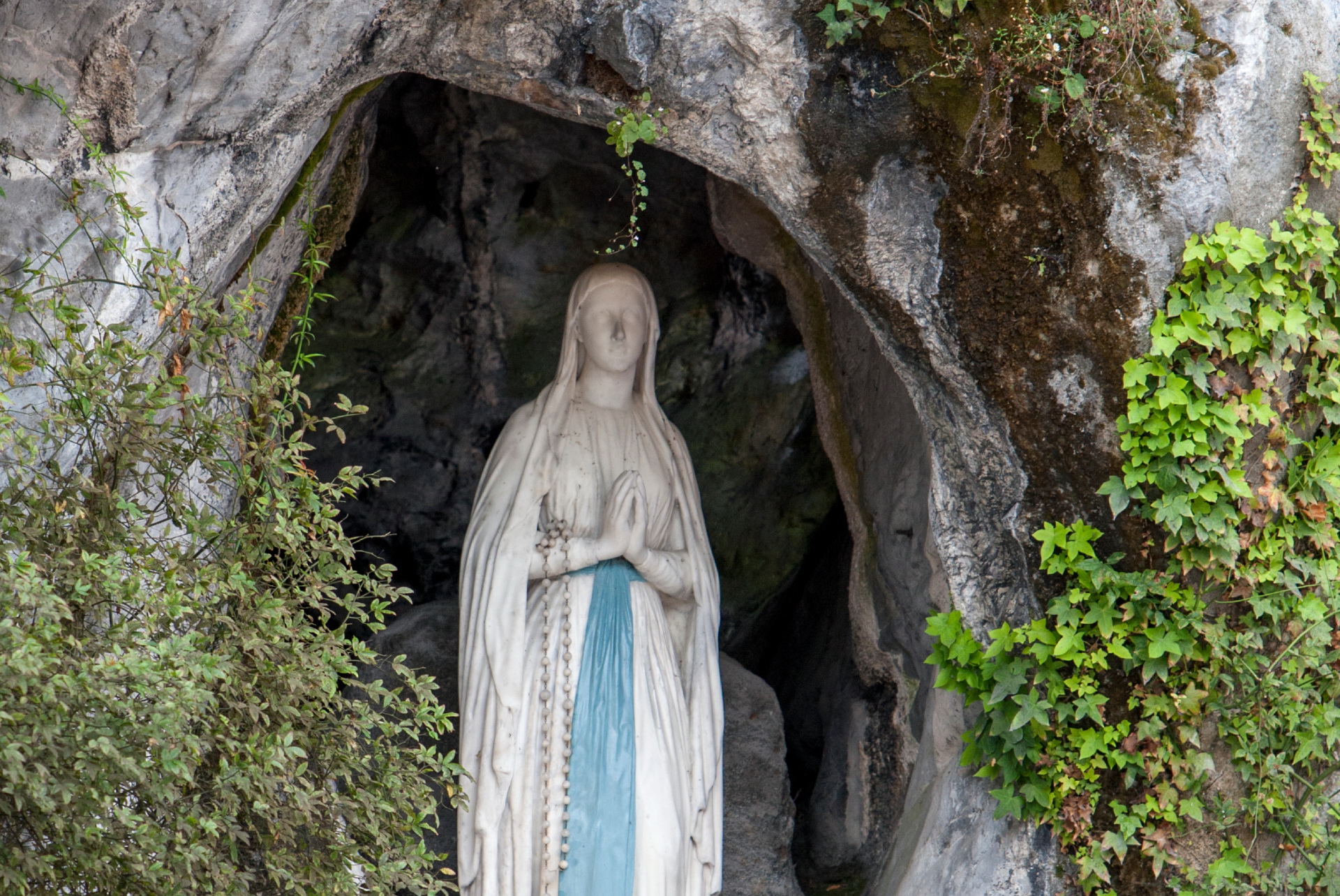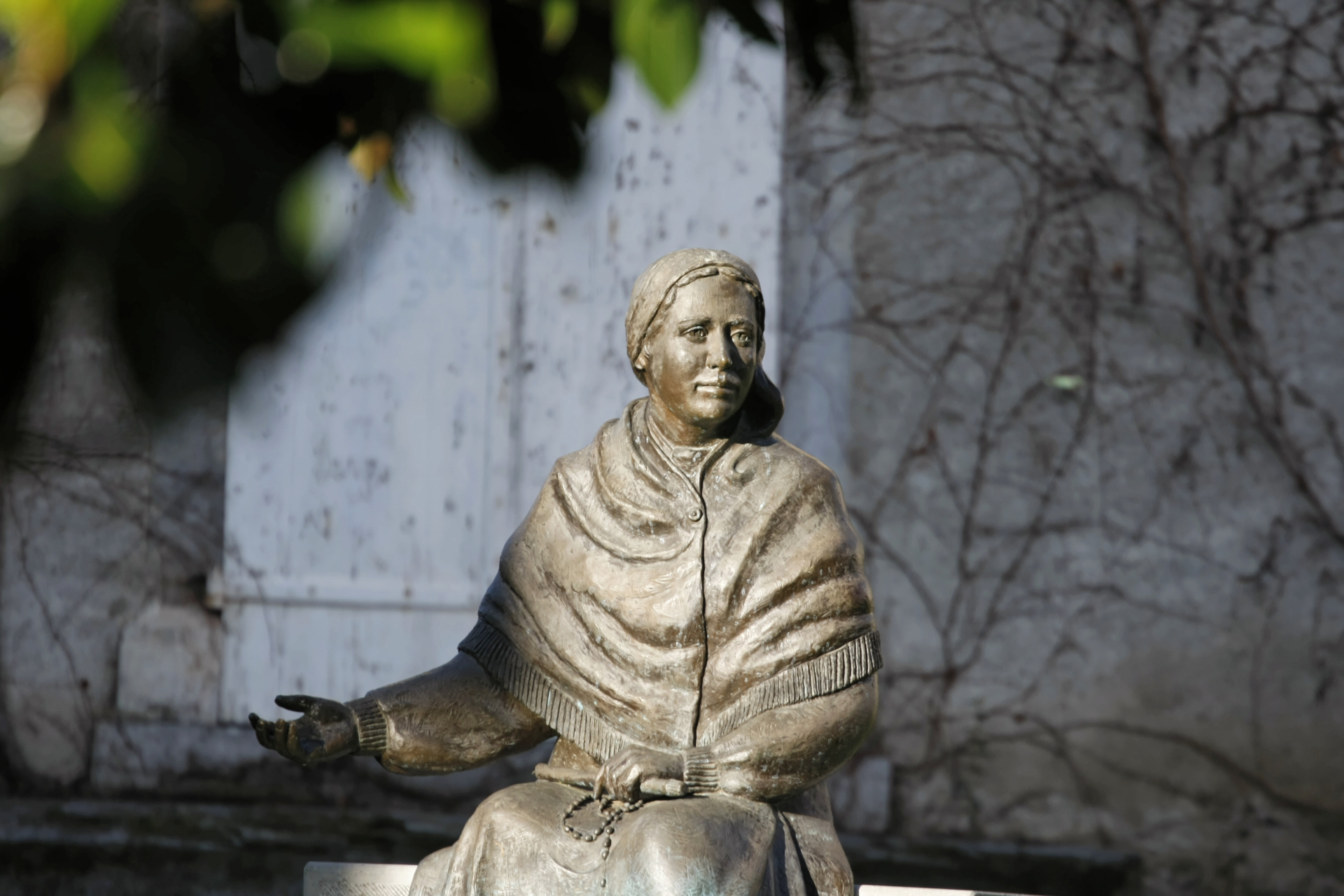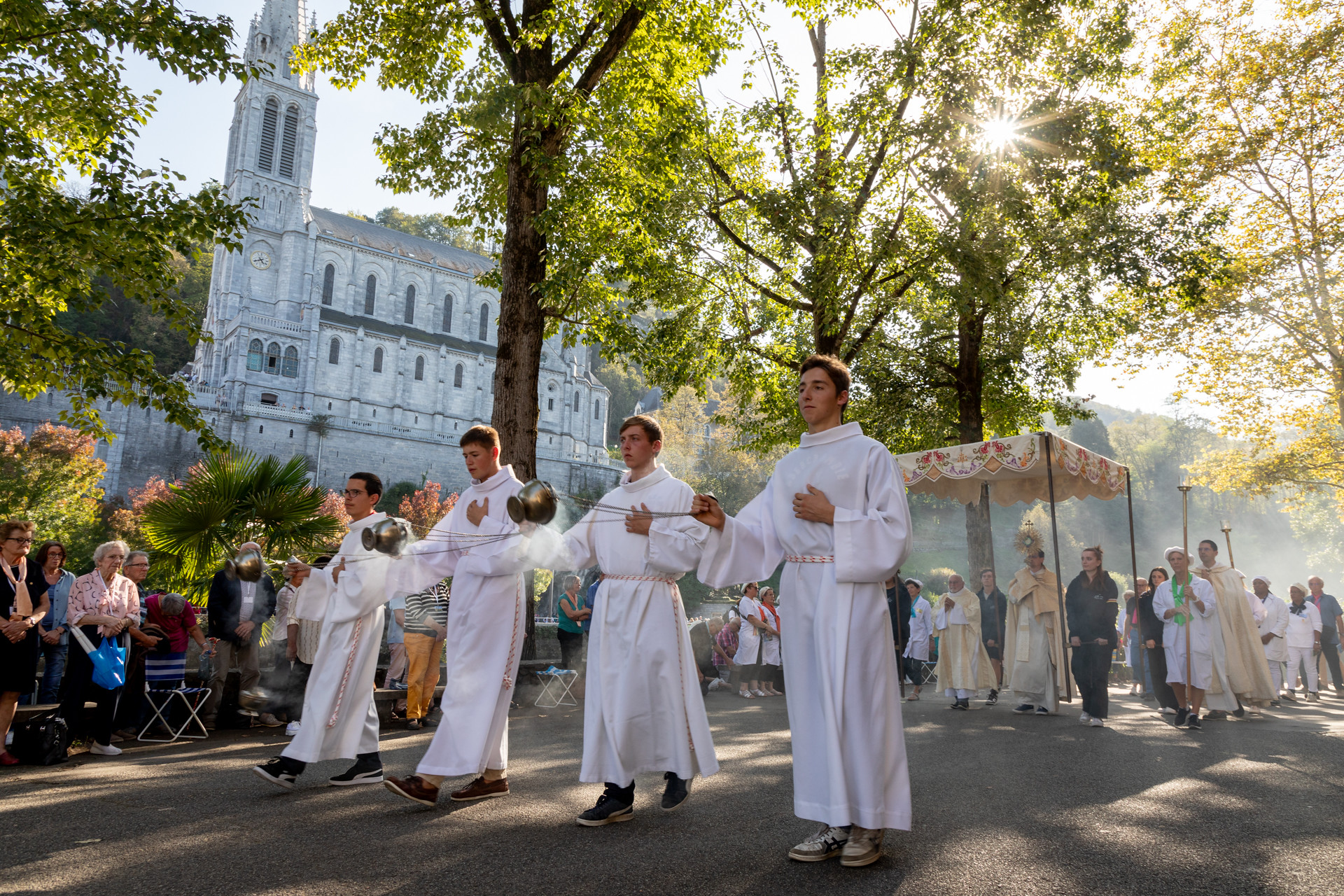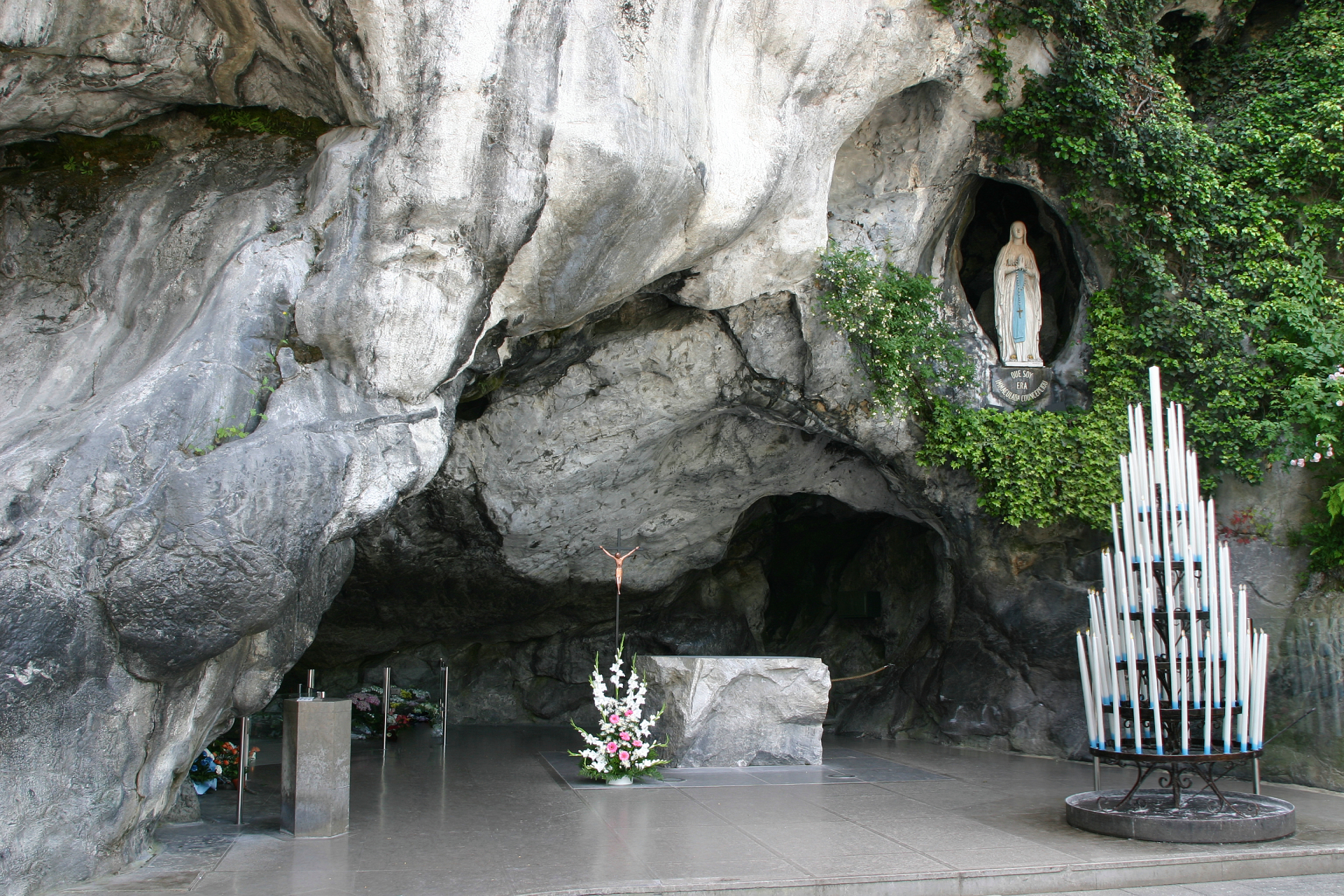The dogma of Mary’s divine Motherhood, the dogma of her Perpetual Virginity, of her Immaculate Conception, and of her Assumption.
In 431, a council brought together all the bishops of the time in Ephesus. The council proclaimed the Divine Motherhood of Mary, echoing the words of Saint Cyril of Alexandria. “For he was not first begotten of the holy virgin, a man like us, and then the Word descended upon him; but from the very womb of his mother, he was so united and then underwent begetting according to the flesh.”
The Fathers of the Council of Ephesus did not hesitate to call Mary “Mother of God”. This paved the way for the Council of Chalcedon, twenty years later in 451), to affirm that Jesus was indeed “True God and true man.”
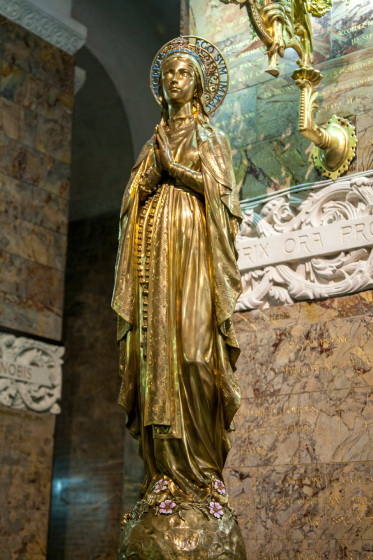
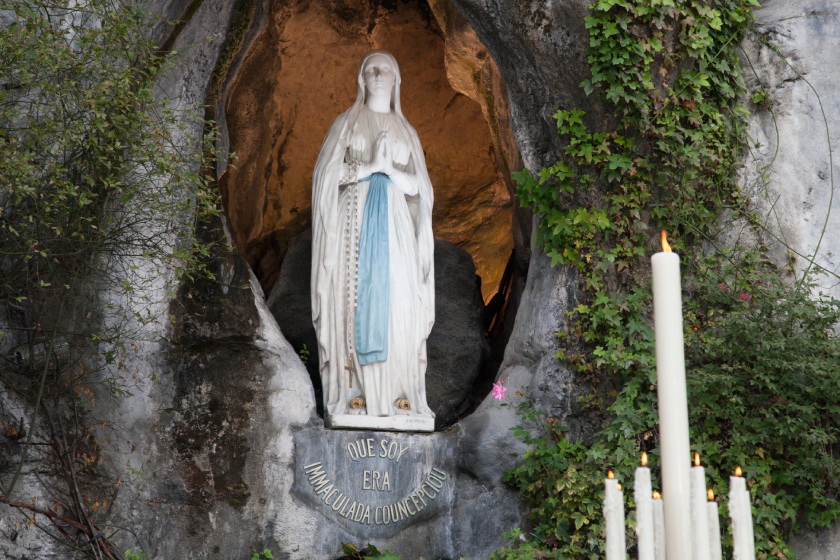
The dogma of Perpetual Virginity was developed at the Second Council of Constantinople in 553, then defined at the Lateran Council in 649, and proclaimed by Pope Martin I: Mary was a virgin before the birth of Jesus and she remained so until his death. Jesus therefore had no brothers or sisters.
Lourdes was born from the confirmation of one of the dogmas proclaimed by the Holy Pontiffs, that of the Immaculate Conception.
On 25th March 1858, the Lady who appeared to Bernadette Soubirous in the Grotto of Massabielle said to her, “I am the Immaculate Conception”, ratifying the dogma which had been proclaimed by Pope Pius IX on 8th December 1854.
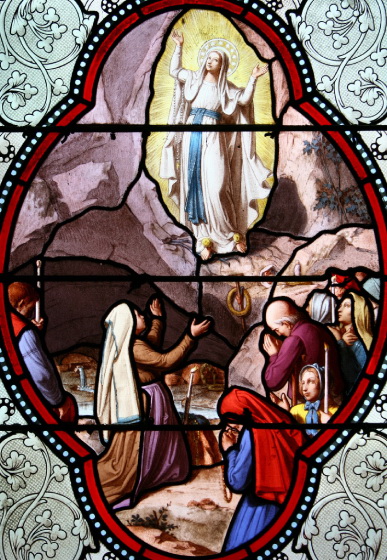
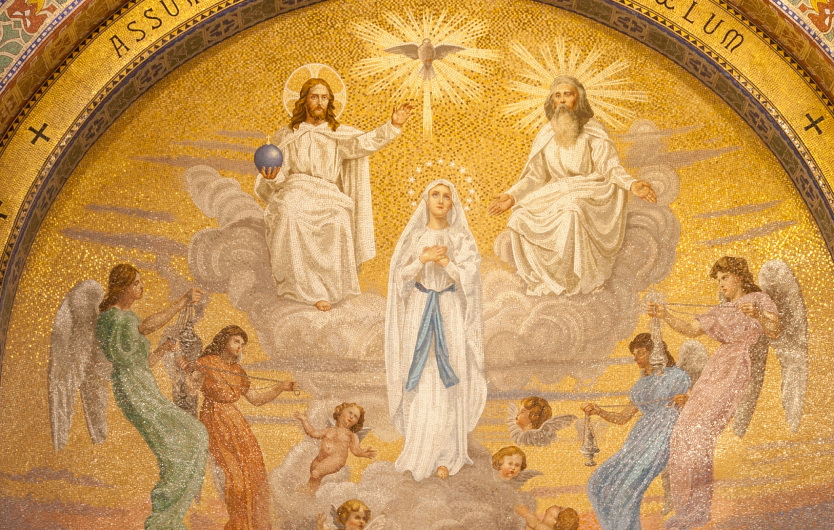
On 1st November 1950, Pius XII proclaimed the dogma of the Assumption by the apostolic constitution Munificentissimus Deus with these words, “We pronounce, declare, and define it to be a divinely revealed dogma: that the Immaculate Mother of God, the ever-Virgin Mary, having completed the course of her earthly life, was assumed body and soul into heavenly glory.”
This event that has its source in the tradition of the Church, that matured over a century of Marian theology, is celebrated here in Lourdes with great pomp by the French National Pilgrimage, led by the family of the Assumptionists.
The dogma of the Assumption is linked to that of the Immaculate Conception. The Immaculate Conception is the beginning of the life of Mary conceived without sin, but death is a consequence of sin… The Assumption of Mary reminds us that the Virgin Mary did not know corruption, because she did not know death due to sin.

